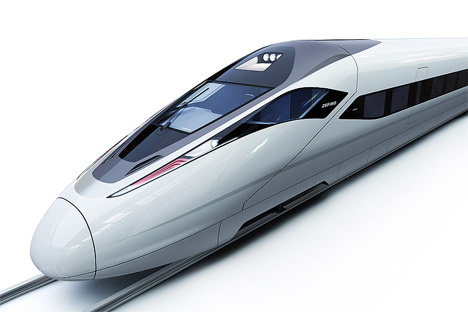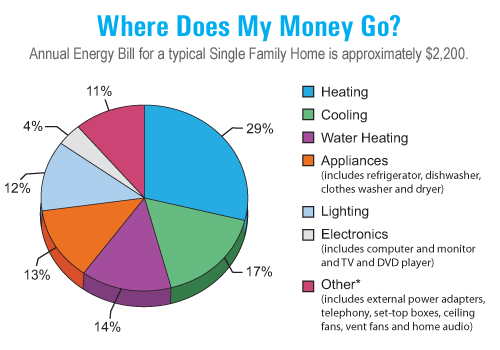 Q. What do light bulbs and toilets have in common?
Q. What do light bulbs and toilets have in common?
A. Congress mandated the efficient transition of one technology generation for another.
About toilets:
In 1992, Congress passed the Energy Policy Act of 1992 which required toilet manufacturers to cease manufacturing toilets that flushed at greater than 1.6 gallons per flush. The idea was to cut in half the water load in municipal sewage treatment facilities all over the country. Prior to 1992, toilets for sale in America used anywheres from 3.5 to 5 gallons per flush.
This is important considering the fact that many of our largest cities are in water-poor or desert areas such as Dallas, Los Angeles or Las Vegas. In Texas, every lake except two are man-made.
Despite the complaints of consumers all over the country, the toilet industry has continued to focus on addressing the water efficiency opportunity introducing higher and higher efficiency flushing technology. A popular technology from American Standard called Champion 4 consumes only 1.28 gallons per flush by using water projection technology to get the water and the waste through the bowl.
About Incandescent light bulbs:
Congress has mandated new lighting rules, which the humble 100W incandescent bulb can't meet. Because the rules take so long to go into effect, the government is giving industry time to economically adjust manufacturing capacity and educate consumers. The rules go into effect in 2012 for the 100W bulb and in 2014 they apply to the 75W, 60W and 40W bulbs.
The replacement technology such as LED lights and the [[compact fluorescent]] bulb cost more, last longer but have drawbacks such as taking several seconds or so to get up to full power.
Our house is full of compact fluorescent lights and it takes a good 15 seconds or so to warm up the lights to full power. Even though I'm saving a good $4.50/bulb/year, I still miss the brilliance of a four-bulb light fixture filled with 100W. The warmth of the titanium filament is so wonderful on your head and shoulders too. Sigh…
Mandating efficiency, whether it be cars – the auto manufacturers have to meet 'fleet standards' – toilets and lighting are reasonably effective government efforts to improve infrastructures by reducing our demand for their services. In these cases, the social benefits of the new technology contribute to a public good, as discussed in the [[Tragedy of the commons]].
BTW, the Wall Street Journal reports that there are some 4 billion light sockets in America, 95% of which need to be upgraded in the coming 5 years or so.











